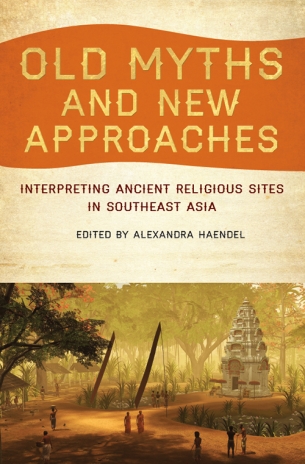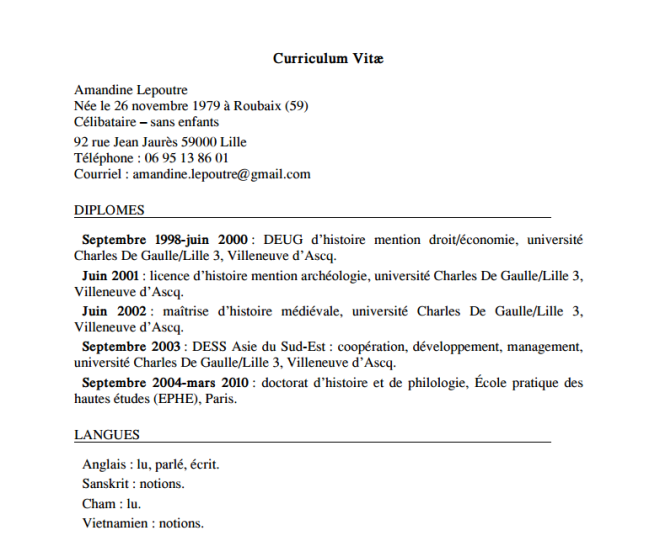![]() William B. Noseworthy
William B. Noseworthy
The Cambodian Genocide: most scholars have heard of it. It is a critical case in ongoing studies of Genocide Studies, International Law as well as Memory and Social Trauma that many teachers will have to address. From forensic anthropologists to criminal investigators, journalists to historians—and even experts in literature—the case of a series of mass killings that emerged out of Cambodia between 1975 and 1979 under the Democratic Kampuchea (DK) regime, most frequently referred to as the “Khmer Rouge”(Kh.: Khmer Kraham), will be an important study for college students and scholars for generations to come. The genocidal policies enacted against the Cham Muslim minority during this period are increasingly well known. In this context, the decade of work by Kok-Thay Eng as Director of Research at the Documentation Center of Cambodia (DC-CAM) is enough to produce several dissertations. In fact, one of the individuals who contributed much of the work to Kok-Thay Eng’s dissertationFrom the Khmer Rouge to Hambali: Cham Identities in a Global Age, Farina So, is now working on her own dissertation based in Lowell, MA. Several other individual researchers, working with DC-CAM critically contributed to this work. The sheer number of interviews conducted by the DC-CAM research center, as well as the number that are cited in this dissertation alone, is impressive. Finally, the lucid presentation of the dissertation’s argument is testament to the author’s success in tackling, by his own admission, his own greatest challenge: writing in a second language. Continue reading

 In the field of mainland South-East Asian history, particular attention has been granted to highlandlowland relations following the central argument James Scott presented in The Art of Not Being Governed: An Anarchist History of Upland South-East Asia. Scott’s analytical perspective echoes a long-term trend of scholarly examinations in the region. In a similar fashion, historical examinations of the Vietnam War period view the so-called ‘highlands liberation movement’ or the Unifi ed Front for the Struggle of the Oppressed Races (FULRO) through the lens of a highland-lowland dichotomy. However, based on an examination of the biography of the Cham Muslim leader Les Kosem and various FULRO documents, this article challenges dominant assumptions based on Scott’s argument and argues that a focus on minority-majority relations is essential for understanding the origins of irredentist claims of indigenous peoples in the region.
In the field of mainland South-East Asian history, particular attention has been granted to highlandlowland relations following the central argument James Scott presented in The Art of Not Being Governed: An Anarchist History of Upland South-East Asia. Scott’s analytical perspective echoes a long-term trend of scholarly examinations in the region. In a similar fashion, historical examinations of the Vietnam War period view the so-called ‘highlands liberation movement’ or the Unifi ed Front for the Struggle of the Oppressed Races (FULRO) through the lens of a highland-lowland dichotomy. However, based on an examination of the biography of the Cham Muslim leader Les Kosem and various FULRO documents, this article challenges dominant assumptions based on Scott’s argument and argues that a focus on minority-majority relations is essential for understanding the origins of irredentist claims of indigenous peoples in the region. Thánh đô Mỹ Sơn: Tín ngưỡng hoàng gia của tiểu quốc miền Bắc Chiêm Thành (Campà)
Thánh đô Mỹ Sơn: Tín ngưỡng hoàng gia của tiểu quốc miền Bắc Chiêm Thành (Campà) 



 The records of the Champa civilization, which was located in central Vietnam, go as far back as the second century (192). The Cham were profoundly influenced by Indian civilization and Islam. Although Champa culture remained vibrant until around 1832, much was lost throughout periods of assimilation of ethnic minority communities into Vietnamese society. In particular, warfare with the Vietnamese and the Khmer from the tenth to the nineteenth century left Champa polities on the brink of collapse.1 Currently, there are only an estimated 161,700 Cham people remaining in various provinces and cities in Vietnam. The largest population centers are concentrated in Ninh Thuan, Binh Thuan, An Giang, and Tay Ninh provinces, as well as Ho Chi Minh City.2 The contemporary Cham retain some aspects of Champa culture. They still venerate Champa temples, create Champa styled statues, and study Champa inscriptions. In particular they still value palm leaf manuscripts (agal bac) which are kept and used by Hindu influenced Cham priests (Ahiér) for their religious rituals.
The records of the Champa civilization, which was located in central Vietnam, go as far back as the second century (192). The Cham were profoundly influenced by Indian civilization and Islam. Although Champa culture remained vibrant until around 1832, much was lost throughout periods of assimilation of ethnic minority communities into Vietnamese society. In particular, warfare with the Vietnamese and the Khmer from the tenth to the nineteenth century left Champa polities on the brink of collapse.1 Currently, there are only an estimated 161,700 Cham people remaining in various provinces and cities in Vietnam. The largest population centers are concentrated in Ninh Thuan, Binh Thuan, An Giang, and Tay Ninh provinces, as well as Ho Chi Minh City.2 The contemporary Cham retain some aspects of Champa culture. They still venerate Champa temples, create Champa styled statues, and study Champa inscriptions. In particular they still value palm leaf manuscripts (agal bac) which are kept and used by Hindu influenced Cham priests (Ahiér) for their religious rituals. 

